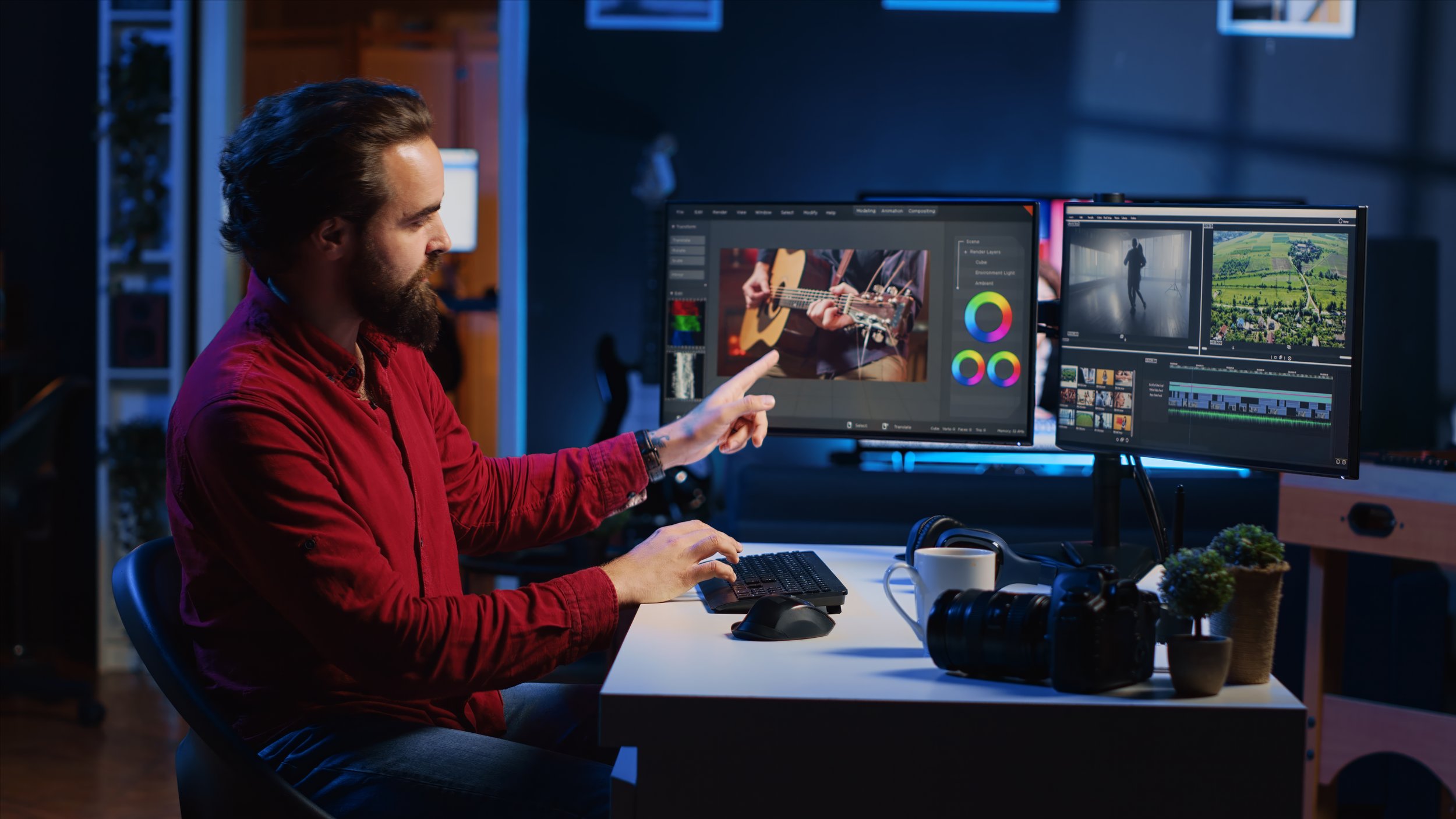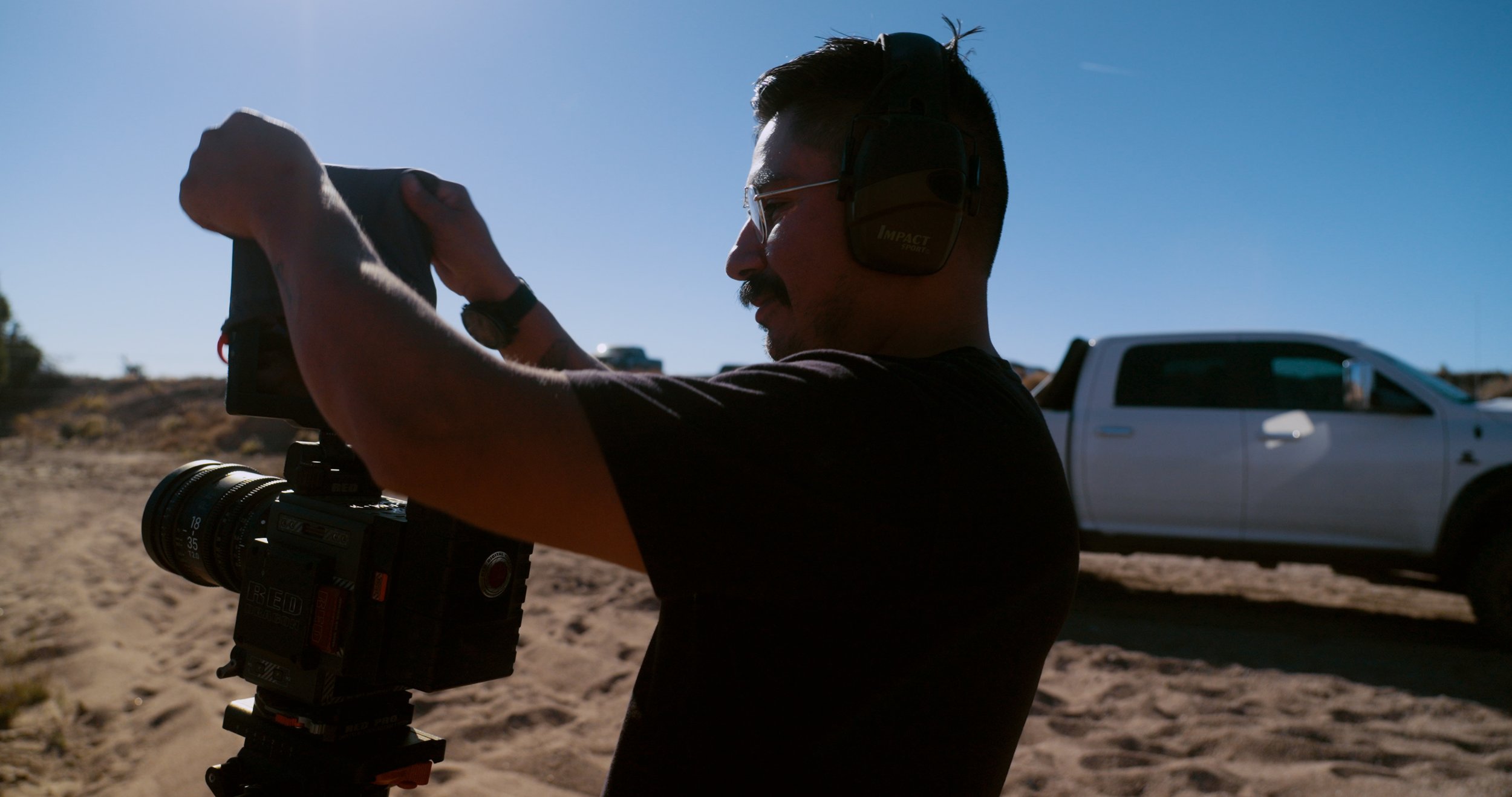Sean A. Marin
Photographer, Videographer & Marketing consultant
Training Video Production
In today’s world training videos have become an indispensable tool for organizations seeking to educate, engage, and empower their audience. Whether you're a business aiming to train employees or an educator reaching out to students, the success of your training video hinges on planning with the right production team. In this blog post, I’ll go over some crucial steps to ensure an effective training video production process.
If you need a training video, please scroll to the bottom of the page and reach out to me via the contact form!
Step 1: Define Your Objectives
Before diving into the technical aspects of training video production, it's imperative to define your objectives. What do you want your audience to learn or achieve after watching the video? Establishing clear goals will guide the entire production process, helping you create content that is focused, relevant, and impactful. Consider the key messages you want to convey and the desired outcome, whether it's increased knowledge, improved skills, or enhanced motivation.
Step 2: Identify Your Target Audience
Understanding your target audience is fundamental to creating training videos that resonate. Consider the demographics, knowledge level, and learning preferences of your audience. Tailor your content to meet their needs and engage them effectively. Whether your audience consists of employees, students, or customers, knowing their expectations and requirements will shape the tone, style, and content of your training video.
Step 3: Storyboarding and Scripting
Once you've established your objectives and identified your audience, the next step is to create a detailed storyboard and script. A storyboard serves as a visual representation of your video, outlining each scene and shot. It helps in visualizing the flow of information and ensures a cohesive narrative. Simultaneously, a well-crafted script is the backbone of your training video. It not only provides a structured narrative but also aids in keeping the content concise and focused. Consider incorporating real-world examples, case studies, and scenarios to enhance engagement.
Step 4: Selecting the Right Format and Style
Consider the complexity of the content and the preferred learning style of your audience. Options include explainer videos, animations, live-action footage, or a combination of these. The style should align with your brand and maintain consistency throughout your training materials. Striking a balance between professionalism and relatability is essential to keep the audience engaged.
Step 5: Choose the Right Equipment and Software
Investing in quality equipment is paramount for producing a professional-looking training video. Ensure proper lighting and audio equipment to enhance the overall quality of your production. Additionally, choose video editing software that aligns with your skill level and project requirements. Options range from user-friendly platforms like iMovie to more advanced software like Adobe Premiere Pro.
Step 6: Production Schedule and Logistics
Creating a production schedule is crucial for keeping the project on track. Outline each phase of the production process, from pre-production tasks like scripting and storyboarding to filming and post-production editing. Assign responsibilities and set realistic deadlines to avoid last-minute rushes. Consider logistical aspects such as location, props, and actors if necessary. A well-organized production schedule ensures a smoother workflow and better results.
Step 7: Engage with Experts
Collaboration is key to a successful training video production. Engage with professionals who bring expertise in various aspects of the production process. As a filmmaker and commercial director my team and I bring over 20 years of experience to the table to bring your training video dreams to life. You can contact me by clicking here!
Step 8: Feedback and Revisions
Once the initial draft of your training video is ready, seek feedback from a diverse group of individuals, including those who represent your target audience. Constructive feedback is invaluable for identifying areas that need improvement, ensuring accuracy, and enhancing overall effectiveness. Be open to making revisions based on the feedback received, as this iterative process will contribute to a more refined and impactful training video.
Planning for training video production is a meticulous process that requires attention to detail and a strategic approach. By defining objectives, understanding your audience, storyboarding, and scripting, selecting the right format and style, choosing the appropriate team, and production schedule, engaging with experts, and seeking feedback, you can ensure a seamless and effective production process. Mastering the art of training video production is not only about delivering information but also about creating a meaningful and engaging learning experience for your audience.
Get a quote on your Training Video Production needs!
OTHER BLOGS YOU MAY LIKE






